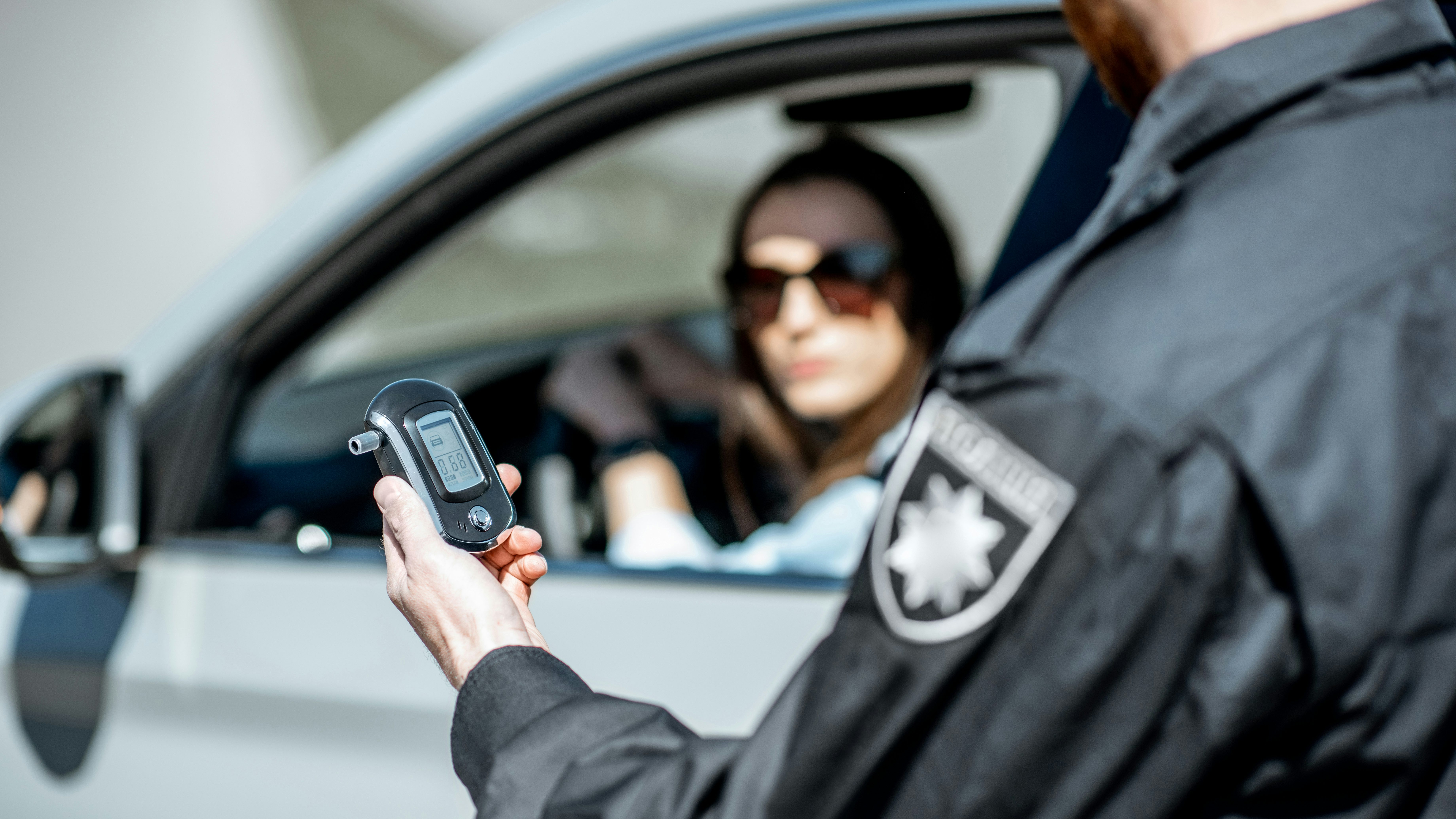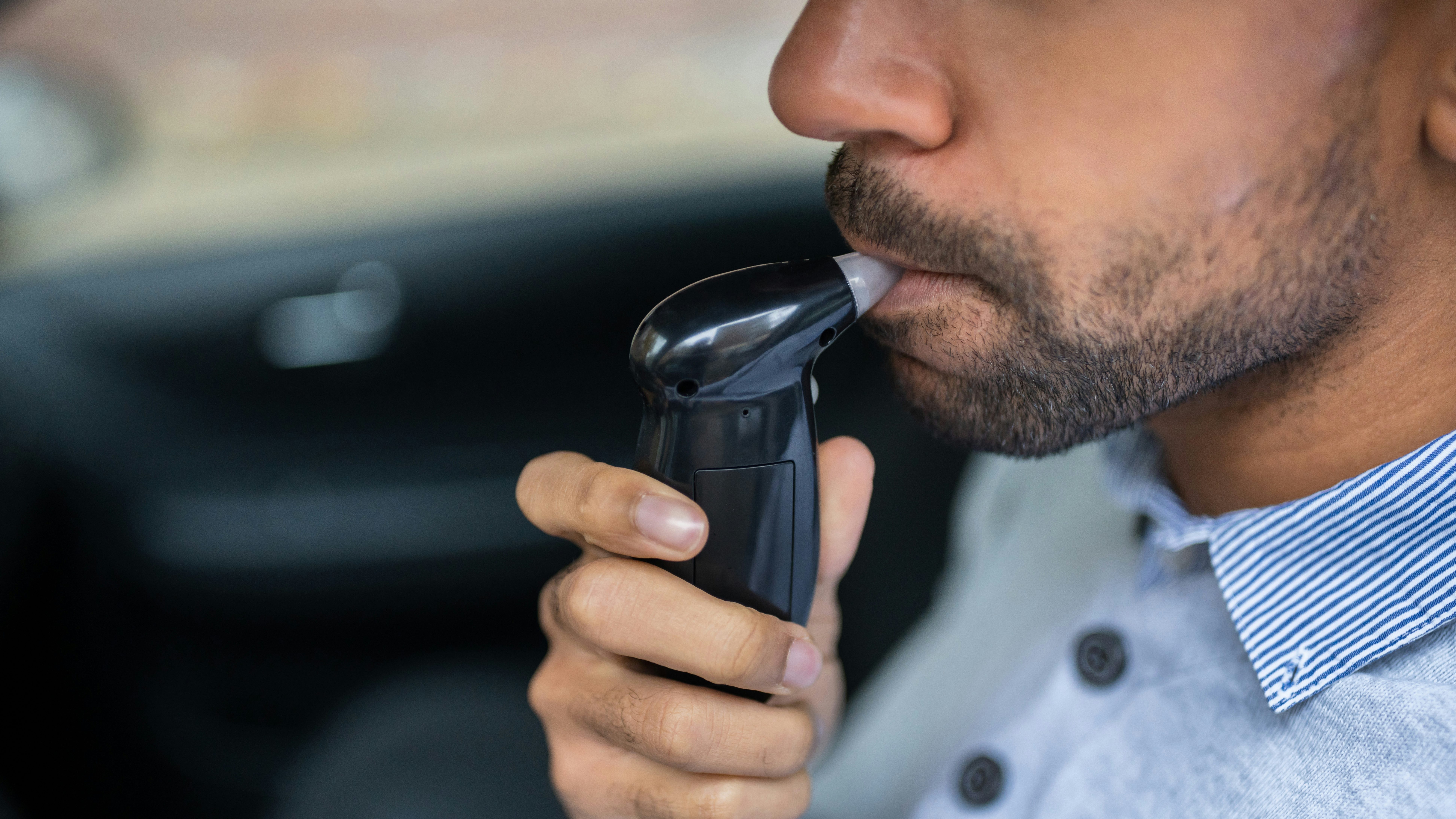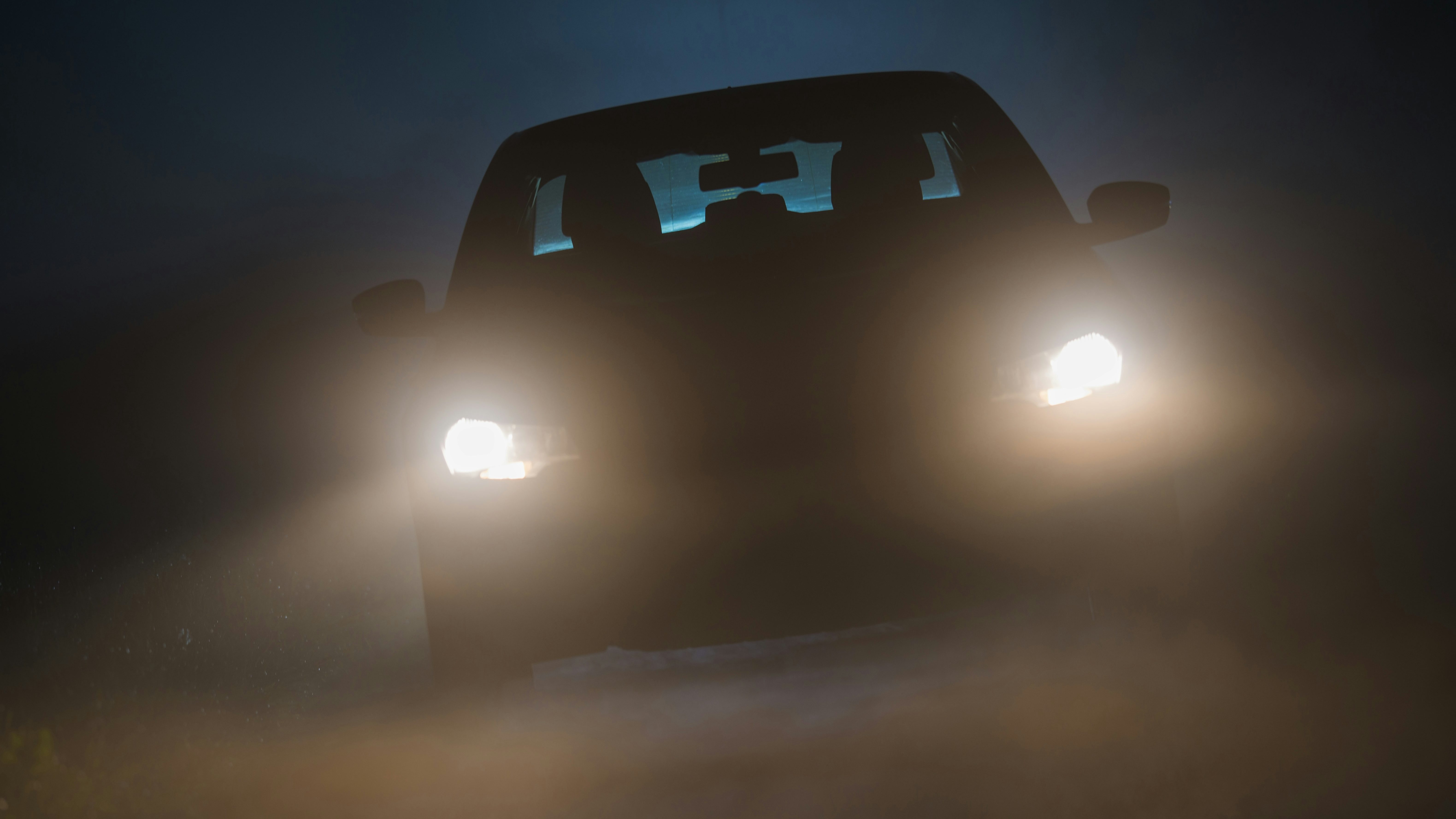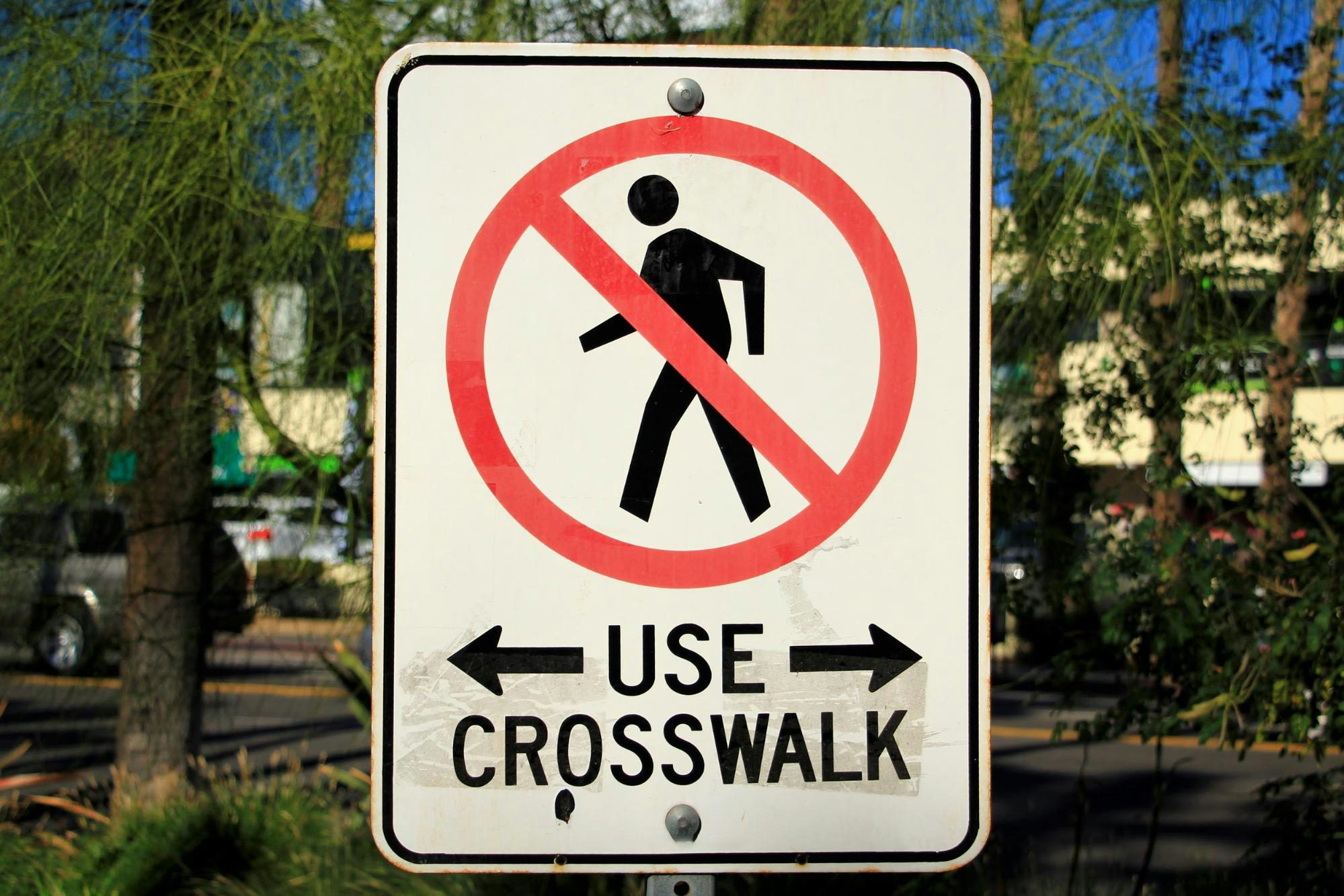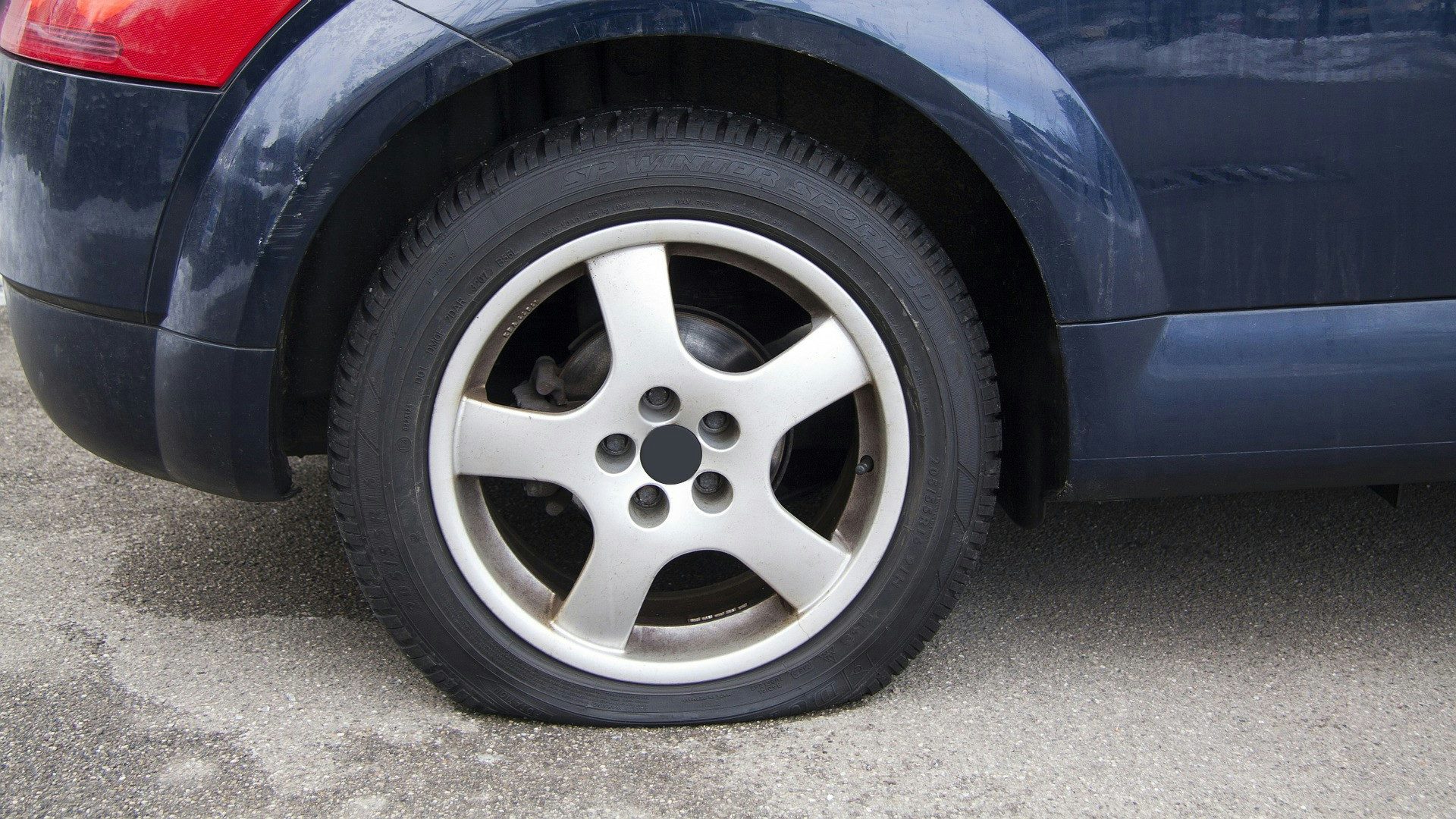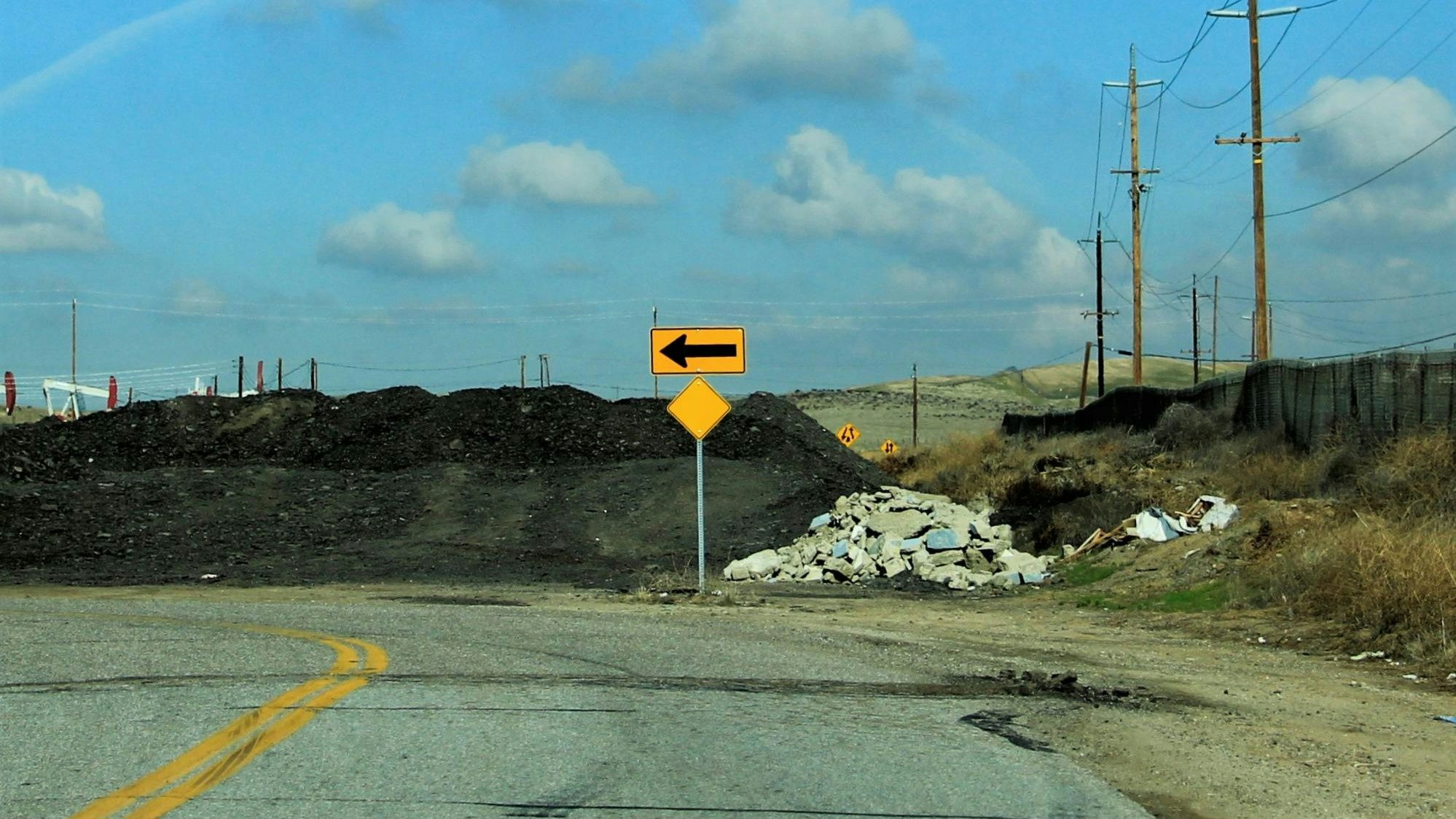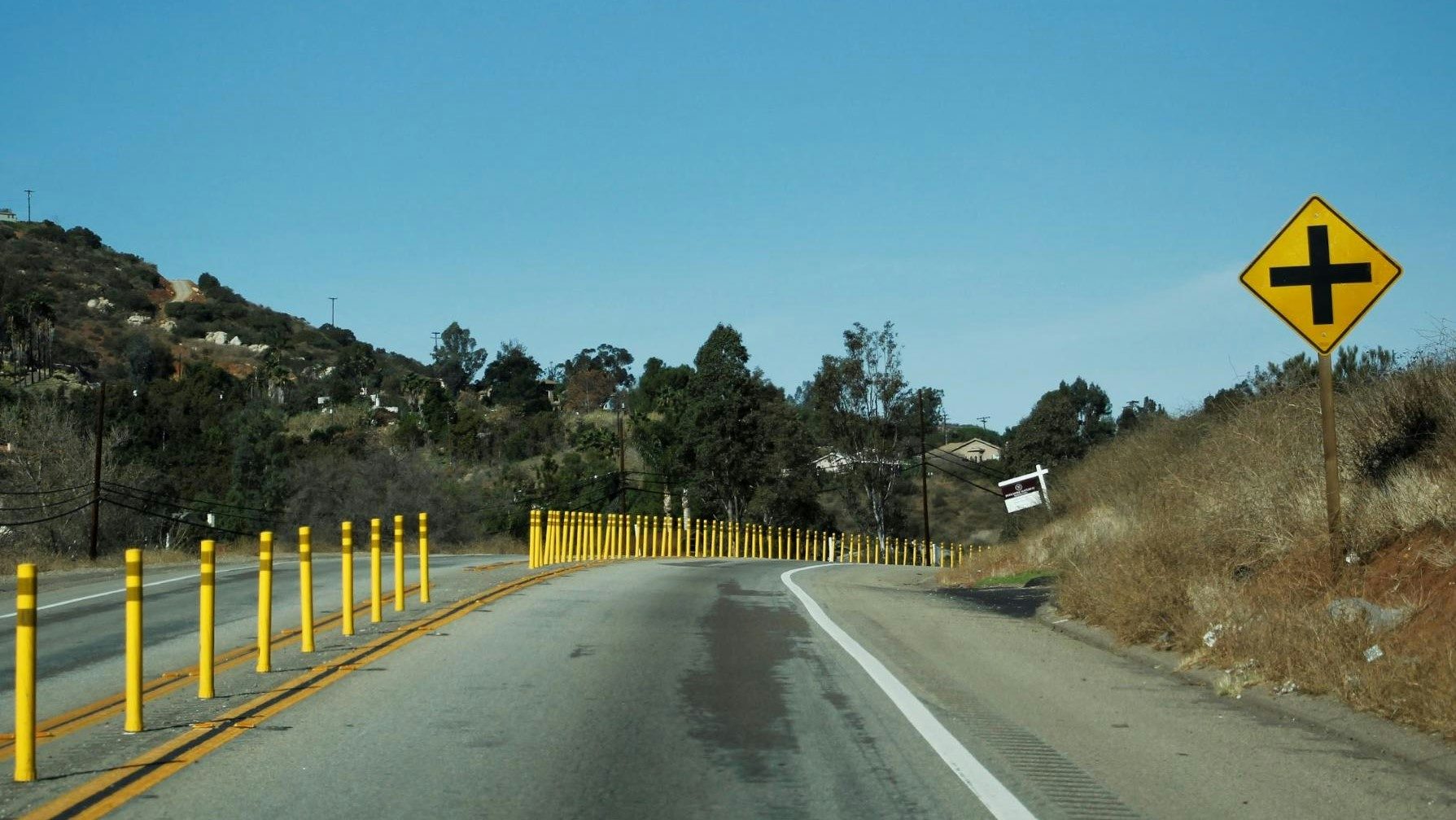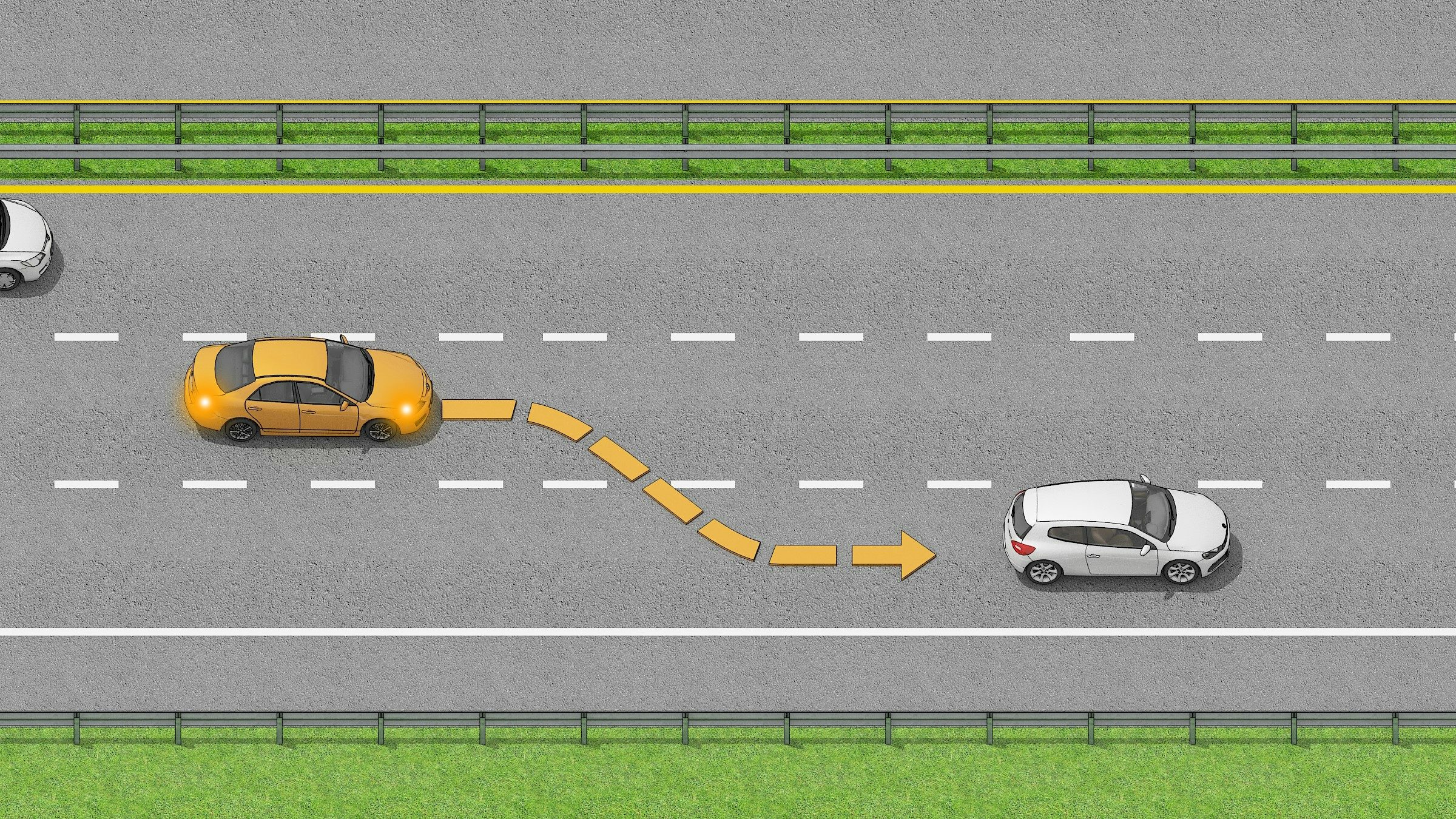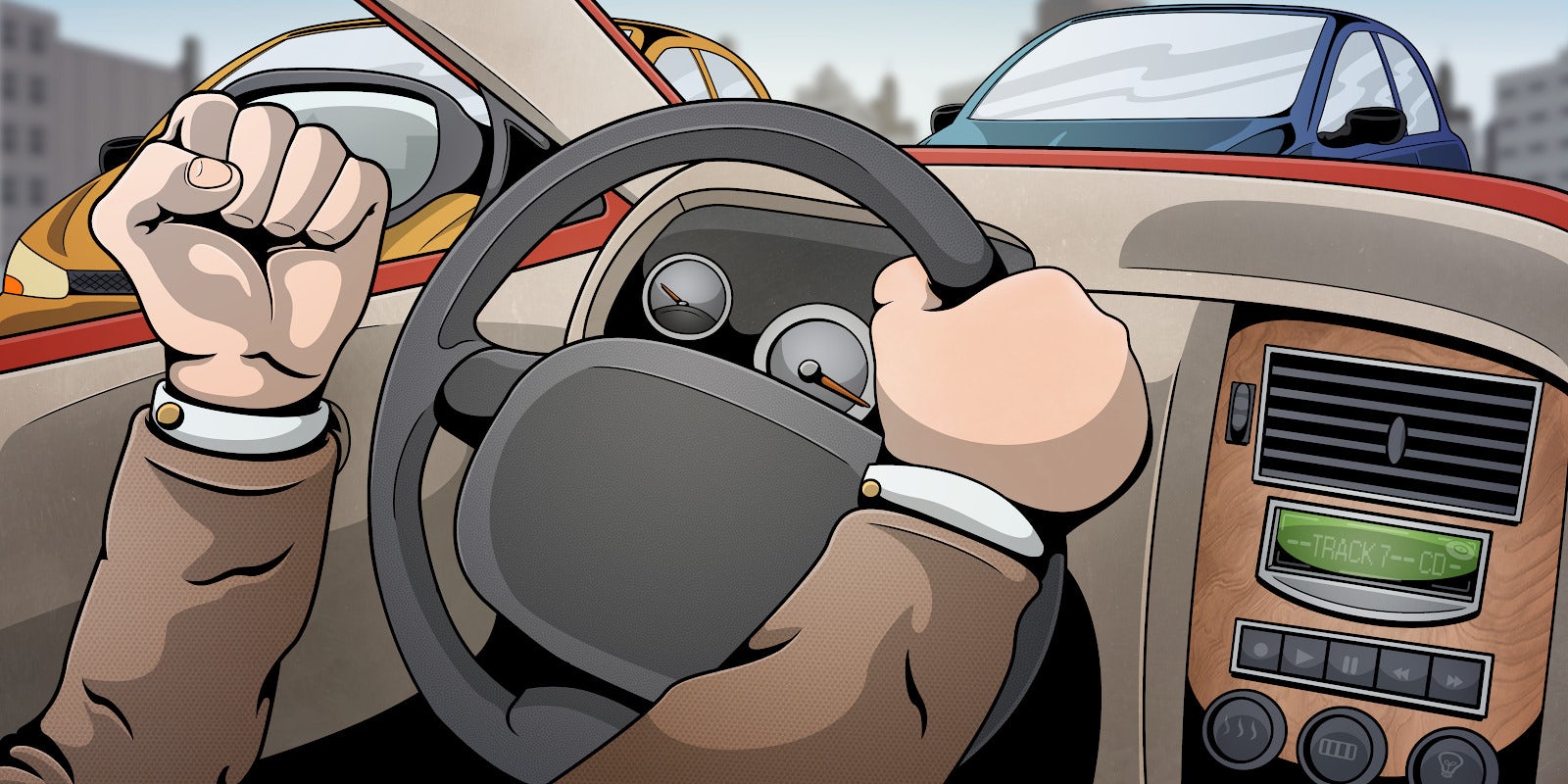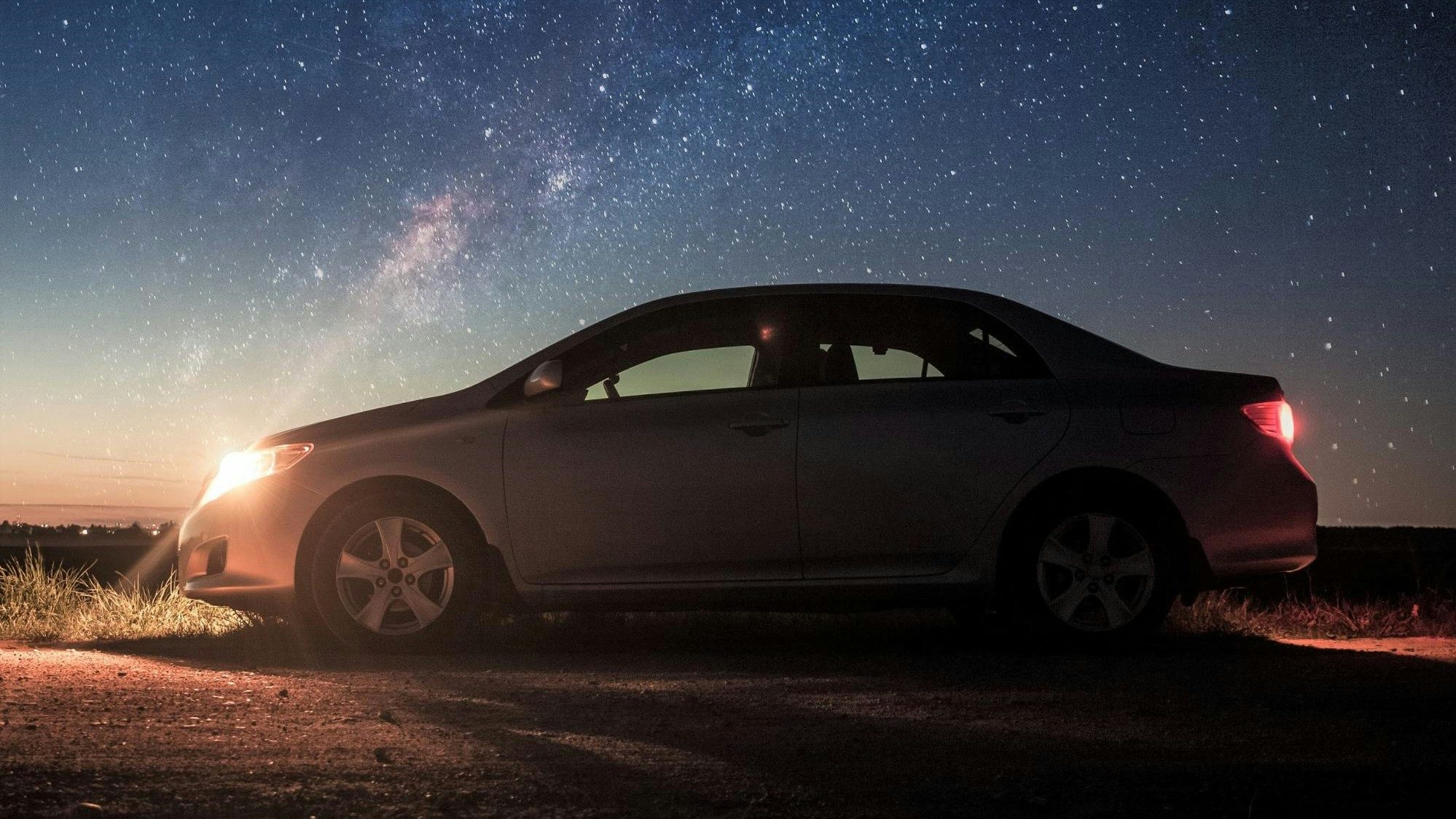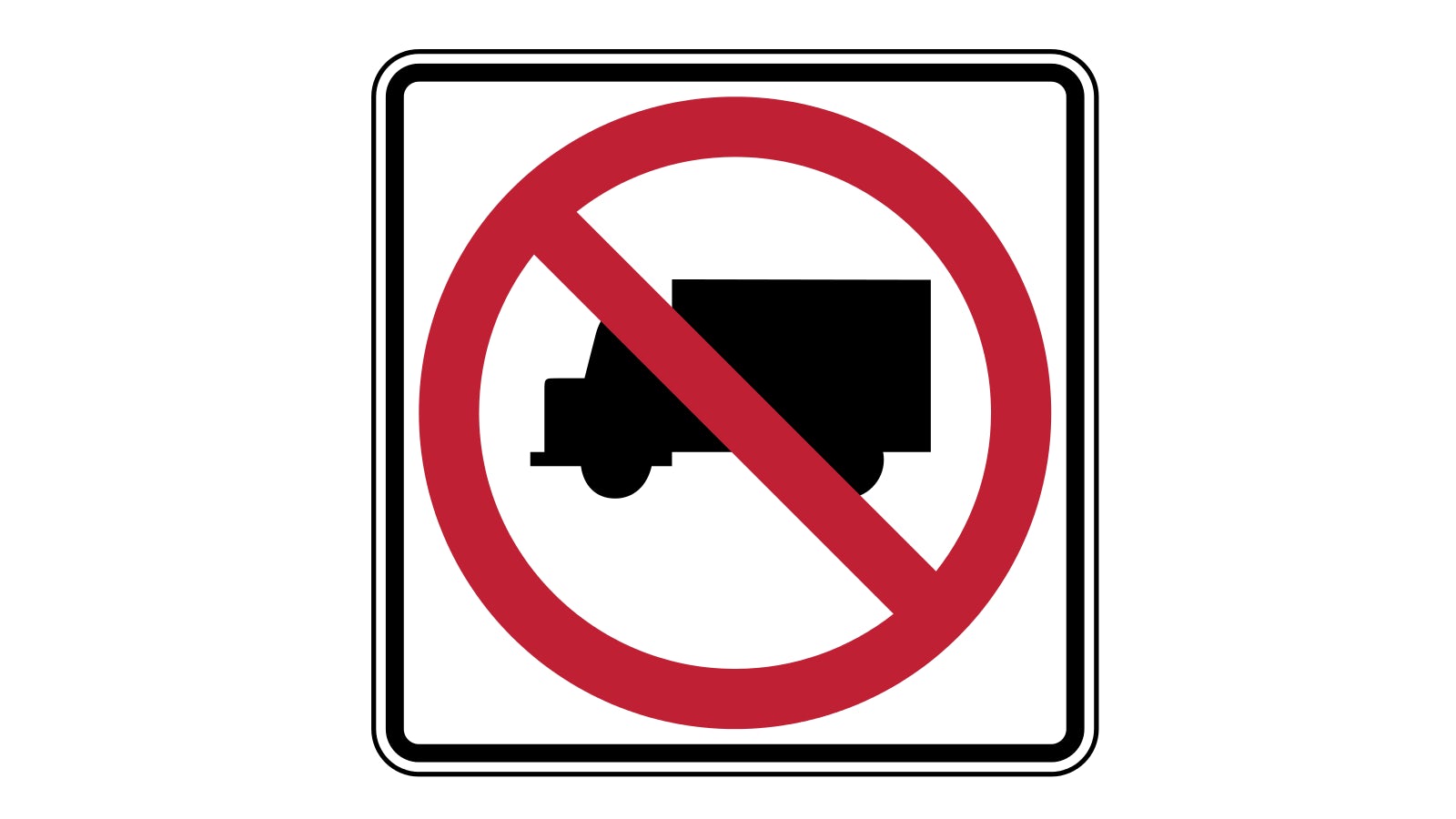Alabama DMV Permit Test Simulator 2025
The Alabama DMV permit test can be challenging, but our DMV permit test simulator is designed to help you succeed. This simulator replicates the format and structure of the real Alabama DMV written test, giving you a realistic testing experience that prepares you for what to expect on test day.
The simulator consists of 30 questions, the same as on the real test, and you'll need to correctly answer at least 24 questions to pass. Our Alabama DMV test simulator covers all the critical areas you'll need to know for the Alabama permit test, including Alabama-specific traffic laws, road signs, and safe driving practices. For example, you may encounter questions about the consequences of driving under the influence, the proper way to navigate a roundabout, or the specific penalties for passing a stopped school bus. The variety and scope of the questions ensure you're thoroughly prepared for any question that may appear on the real exam.
Our simulator is the perfect DMV test prep. If you answer a question incorrectly, we provide a detailed explanation to help you understand the correct answer and why it's accurate. This helps correct mistakes and reinforce your understanding of Alabama's driving laws. Using this simulator repeatedly lets you get comfortable with the test format, reduce test anxiety, and build the knowledge and confidence you need to pass the Alabama DMV permit test on your first try.
More resources
Country
